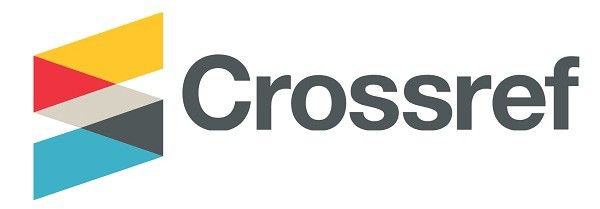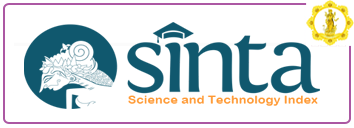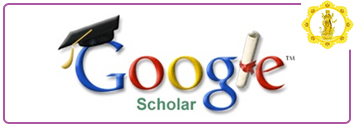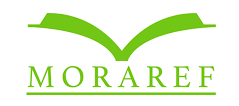Improving Teacher's Professionalism to Increase The Quality of Hindu Religious Education in School
DOI:
https://doi.org/10.25078/jpm.v6i1.1301Keywords:
Quality Improvement, Hindu Religious Education, Patterns of Interaction and LearningAbstract
This study aims to analyze the improvement of teacher professionalism to improve the quality of Hindu religious education through the effectiveness and creativity of interaction patterns in schools. School as a formal education is an institution that should shape students to be individuals with noble character. This educational institution should be able to equip its students with a variety of values, attitudes, and abilities and a strong enough basic skills as a basis for living a real-life in society. A high character person of Hindu religious education are carried out continuously at all levels of education. Hindu religious education can realize the goals of national education which is to develop the potential of students. Later on, there are expected to become human beings who believe in and fear God Almighty, have noble, healthy, knowledgeable, capable, creative, independent, and be democratic and responsible citizens. Furthermore, the improvement of the quality of Hindu religious education must be implemented by increasing the effectiveness of learning interaction patterns at schools.
Downloads
References
Budiadnya, P. (2019). Peran Guru Rupaka Daalam Menanamkan Ajaran Agama Hindu Dalam Keluarga Di Kota Surakarta. Kamaya: Jurnal Ilmu Agama, 2(2), 123-142.
Hamidah, A., Sadikin, A., Sanjaya, M. E., Aina, M., & Natalia, D. (2019). Workshop Model Pembelajaran Biologi Bagi Guru-Guru MGMP di Kabupaten Tanjung Jabung Barat-Jambi-Indonesia. DEDIKASI: Jurnal Pengabdian Masyarakat, 1(2), 171-197.
Karimah, L., Haryono, H., & Ahmadi, F. (2020). The Development of Bolokuncoro Interactive Learning Multimedia for Language Literacy of Children Aged 5-6 Years Old. Journal of Primary Education, 9(2), 144-151.
Muhibbin Syah. (1999). Psikologi Belajar. Jakarta: Logos Wacana Ilmu
Punyatmaja, I. B. O. (1994). Cilakrama. Denpasar: Upada sastra
Purwanto, Ngalim (1998). Psikologi pendidikan. Bandung: PT.Remaja Rosdakarya
Setyaningsih. (2019). Peran Pendidikan Agama Hindu Dalam Membentuk Kepribadian Siswa. Widya Aksara, 23(2)
Setyaningsih, S. (2019). Implementasi Pembelajaran Pendidikan Agama Hindu Dalam Pembentukan Karakter Anak Hindu Di Sekolah Dasar Negeri Surakarta. Cetta: Jurnal Ilmu Pendidikan, 2(2), 297-332.
Sudharta, T. R. (2001). Upadesa Tentang Ajaran-Ajaran Agama Hindu. Surabaya : Paramita
Titib, I M. (2003). Teologi dan Simbol-simbol dalam Agama Hindu. Surabaya: Paramita
Vrihastien, A., Widodo, S. A., & Ayuningtyas, A. D. (2019). EFEKTIVITAS STUDENT TEAMS ACHIEVEMENT DIVISION DITINJAU DARI PRESTASI BELAJAR MATEMATIKA. AKSIOMA: Jurnal Program Studi Pendidikan Matematika, 8(3), 374-381.
Widiasih, N. N. S. (2016). Meningkatkan Profesionalisme Guru Agama Hindu. Jurnal Penjaminan Mutu, 2(1), 105-113.
Yamin, M. (2007). Strategi Pembelajaran Berbasis Kompetensi. Jakarta: Gaung Persada Press.









